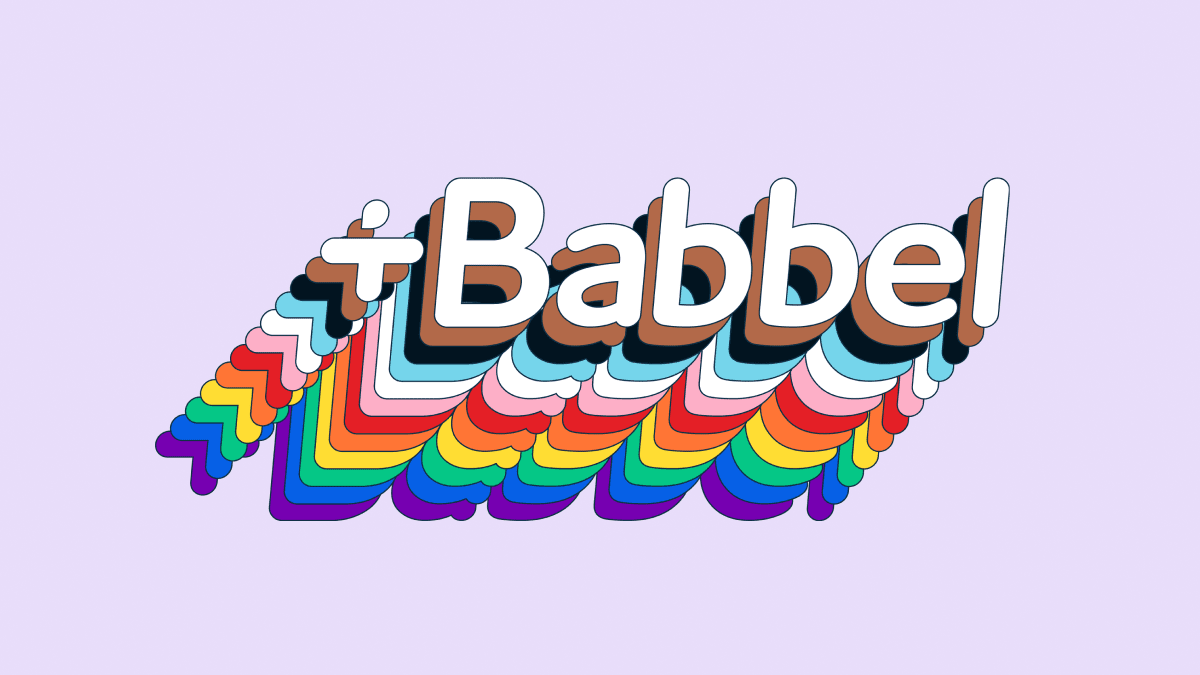Would It Be Better To Learn A New Language Like A Child Does?
Learning a new language takes time, a good amount of effort, usually some money and sometimes a bit of nerve. It’d be much better and faster to learn like a child: somewhat passively and without having to really do a thing. “Intuitive” is the magic word here.
But can language acquisition from a certain age really go as well as it would for someone who’s learning their first language? And do we even want that? Let’s take a look at how children learn their native language (applied linguistics fittingly calls this the “first language”) and how it compares to how we learn further languages in later years (applied linguistics often speaks here of “second language” or “foreign language” depending on the role the language plays in our daily lives).
Learning A First Language
The acquisition of a first language, the so-called “mother tongue,” is a fascinating phenomenon that has long been researched, written about and discussed — and over which there seems to be no clear consensus. At the center of the debate is the question of how it’s possible to learn a language without language without the abilities and concepts that develop after experiencing the world through language.
Yet the fact remains that as children, regardless of language (be it Spanish, Mandarin or Papiamento) and independent of our given “intelligence” or “talent,” we, as a rule, reach native speaker level of our first language within one year. Interestingly, all children pass through similar levels of learning sounds and grammatical structures, whether it’s English or a language that would be more difficult for older learners such as Finnish.
This development happens without guidance, almost “on its own” only through the child’s exposure to the language; no unpleasant grammar explanations and no laborious vocabulary review. Explicit corrections aren’t even necessary. Research has found that correcting a child’s language “mistakes” doesn’t accelerate their linguistic development. All that’s needed for first language acquisition is input and time.
Learning A Second Language
There is a window of time for first language acquisition: ideally, a child has to be exposed to their first language by the age of three and in some cases for five or more years intensively. That doesn’t mean that someone completely masters the language at this age, however.
From puberty onward, linguistic development slows down rapidly. One can have more than one “first language” (what we call “bilingualism” or “multilingualism”), but after a certain point it is no longer possible to learn a language the way a child does, and certainly not to native speaker level or with input alone. And to be honest: how frustrating would that be? As soon as certain networks and connections have been made in the brain, they’ll want to be used. Who would want to miss out on this “Aha!” moment of understanding something, even when they can’t always immediately apply it or work it into practical use?
Adults learn far more effectively when linguistic input is combined with the knowledge and abilities they also have (as opposed to children who can only rely on input). After all, second-language learners don’t need an entire year before they are able to produce their first intelligible words in the language. Let’s therefore take a closer look at second-language acquisition.
The fundamental difference between second language acquisition and first language acquisition is the head start of already knowing (at least) one language — we’ve already gotten to know the world through language. A second language is therefore always acquired within the context of the first language(s), which is something you can easily observe in the mistakes learners make. For example, many Germans mistakenly say “Can I become a beer, please?” instead of “Can I have a beer, please?” That’s because the German verb bekommen (“to receive,” “to get”) is a false friend to the English “to become” – they sound the same, but have two totally different meanings. Aside from these false friends, grammatical errors are also not uncommon.
On the other hand, a first language can also make learning a second language easier. Certain languages are related to one another. For example, French-speaking learners will have an easier time learning another Romance language than learners whose mother tongue is English or German. One way or another, for learners of a second language it’s an important marker for their learning to have differences and similarities between their mother tongues and a new language pointed out to them.
Learning A Language With Babbel
Babbel takes these insights into second language acquisition to heart. Whether you only need a course for a few simple phrases and tips for your vacation or you want to learn a language from scratch, we have a system for you.
In beginner’s courses, a learner will be introduced to grammar as a child would be exposed to their first language passively. But, as the structure of examples is practiced, the grammar is also explained. Most exercises have translations according to level, helping to prevent frustration caused by not understanding something, and, where necessary, literal translations to illustrate how a target language works in relation to the learner’s mother tongue. Babbel always uses the context of the display language to learn the language chosen by the user.
Along with that, Babbel courses are not just translated, but also adapted to the needs of the respective display language. For example, Portuguese learners have completely different requirements for learning Spanish than native speakers of German. Many explanations are superfluous since many of the structures of both languages are very similar.
Last but not least, error correction is an important component of the language acquisition process of older learners. Mistakes are a chance to see what needs to be worked on, but also a memory aid so that learners can answer correctly next time. With Babbel, you’ll be shown where you’re going wrong and with the “Correct Your Errors” option, can do a focused review of your errors at the end of a lesson.
And of course, learning a language doesn’t eliminate the fun factor: fun is an important motivator when learning a second language and should never be neglected. And Babbel courses have fun built into every single lesson. So prepare to enjoy learning a new language — with Babbel!
RECOMMENDED NEWS

How To Count To 100 In Swedish
Letters and numbers form the basis for the vast majority of human communication. You probably have t...

The Most Mispronounced Words Of 2022, Revealed
For the seventh year in a row, Babbel worked with professional captioning organizations to compile a...

Putting our LGBTQIA Employees first during Pride month
For the past few months here at Babbel, we – just like lots of other companies – have been working o...

The Eccentric History Of English Spelling (And Why It’s So Maddeningly Difficult)
English spelling is a tough nut to crack. The first time my English teacher wrote “through” on the b...

What Is The Meaning Of The Suffix ‘Ism’?
Language is composed of various elements, one of which is the suffix. Among these, the suffix “ism” ...

Understanding The Meaning Of Influence
In today’s digital age, the words “influence” and “influencer” have taken on new meanings. But what ...
Comments on "Would It Be Better To Learn A New Language Like A Child Does?" :